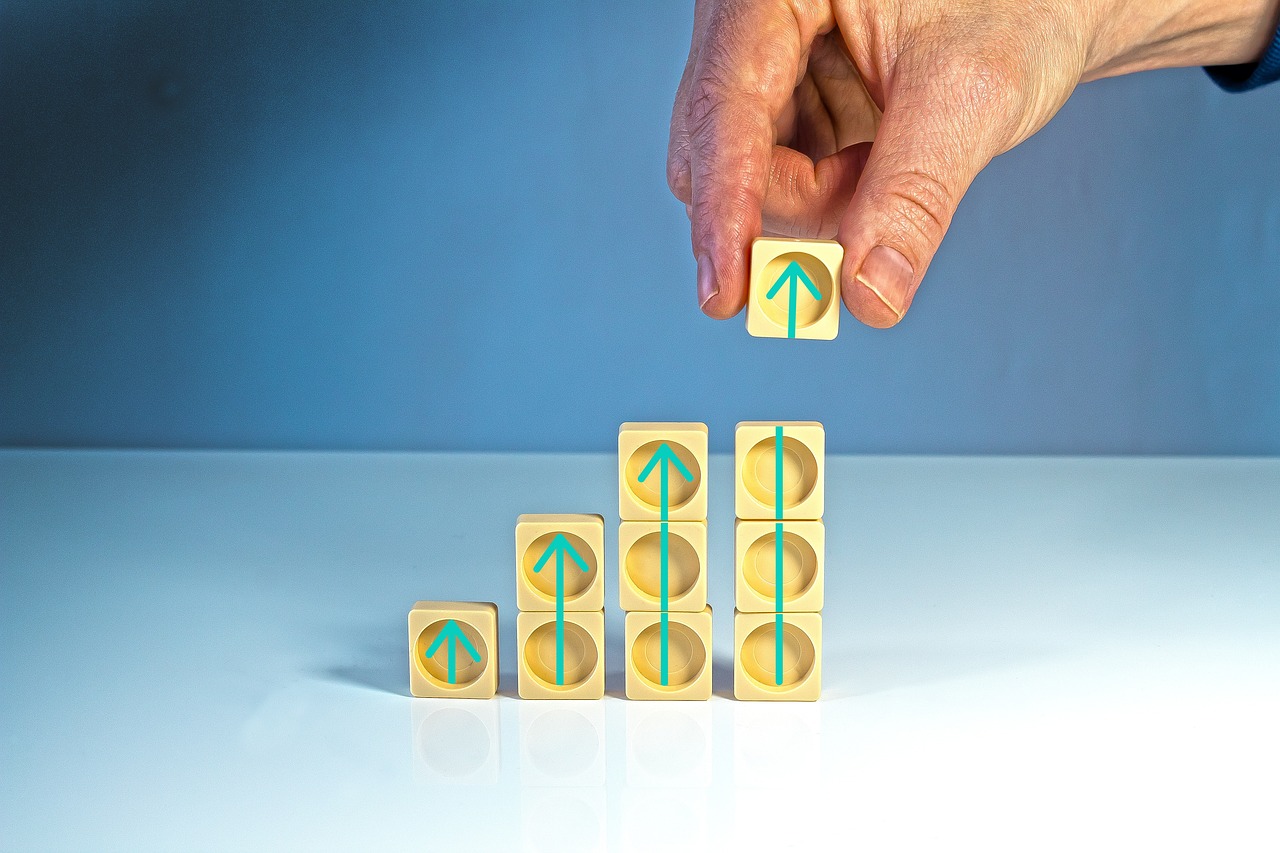
Senior Care Communities Adapting to Modern Technologies
June 5, 2023
Various technologies and the internet continue to progress at an unprecedented rate today as it increases convenience and ease of use. This trend is revolutionizing the way we connect, especially with the aging population who require specialized medical attention. As baby boomers step onto the senior citizen mantle, technology can be used as a helpful tool to gather pertinent information and significantly improve their overall health and lifestyle. Senior care communities are turning to modern technologies to enhance the quality of care they provide. The onset of the Covid pandemic further propelled this growth, spiking the demand for seamless connectivity in the early 2020s.
Offering a Plethora of Benefits
With telemedicine solutions and wearable technology, various emerging technologies are transforming the assisted living domain and helping seniors gracefully age. Implementing advancing technologies positively impacts elderly care delivery as it encourages improved communication between the resident and their family and friends along with accessibility to better healthcare services. It also provides improved monitoring and supervision of residents and staff, increased efficiency due to the utilization of interactive tools, and easy access to medical records and necessary treatments, all while on the path to becoming completely paperless.
The Challenges Encountered and Addressed
While deploying technology-enabled solutions and services extends a host of benefits, most assisted living institutions deal with a complex range of systems and networks that support several types of technologies and disparate systems. As the caregivers consult a broad range of electronic systems and devices to access certain patient information, efficiency and a holistic view of data take a back seat. Interoperability is key. Senior care facilities should be on the lookout for consolidated solutions with a single access point. These systems also demand maintenance as and when the need arises.
When onboarding a solution provider, senior care facilities need to ensure the solution implemented will deliver the best resident care. Another important aspect is security. Senior care facilities must maintain the security of their systems, devices, and networks. Furthermore, scalability is yet another key aspect crucial to the successful functioning of the solution.
These facilities must make certain that their systems are on par with the growing demand, are equipped for the possibility of upgrades, and permits users to access critical data securely and quickly. The workforce needs to be equipped and trained with system and network security best practices to avoid any unauthorized access and data loss.
Successfully Merging Human Connection with Technology
Traditionally, technology was perceived to replace the emotional support and human touch that seniors require the most as they age. However, it is essential to balance technology with human connection to improve the quality of care. From virtual appointments to monitoring vital signs, accessing pertinent patient data, and setting reminders, embracing technology is sure to positively change the dynamics of senior care delivery. Newer technology solutions are continually being developed and improved for better senior care delivery. Assisted living facilities can make technology-driven care delivery solutions a part of their offerings thus ensuring individualized attention, better and quicker medical attention if required, a more informed decision-making process, and easy patient follow-ups. All in all, with more thoughtfully designed solutions and meticulous solution implementation, technology can play a key role in providing superior-quality senior care.
Learn more about Acuma Health on our website.



